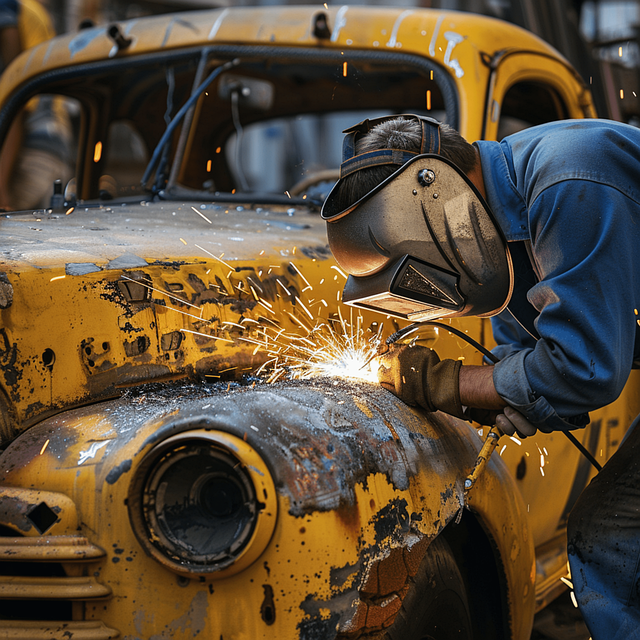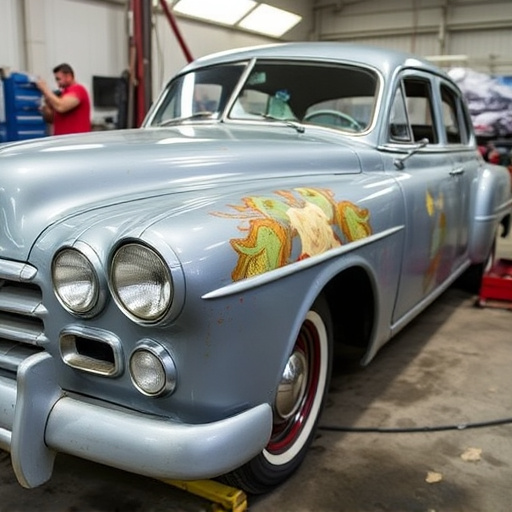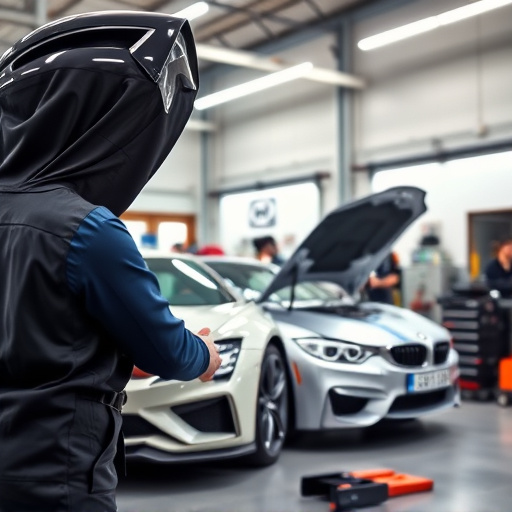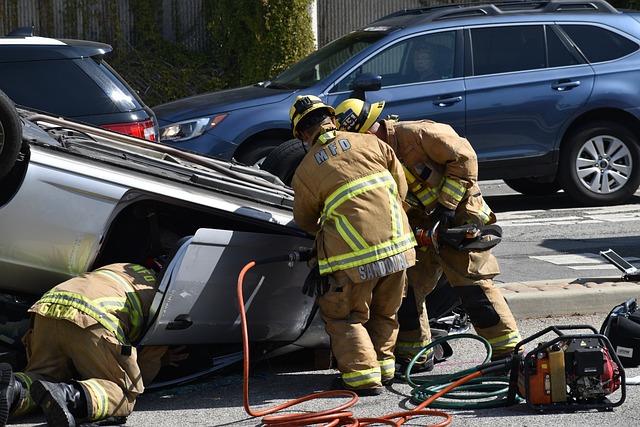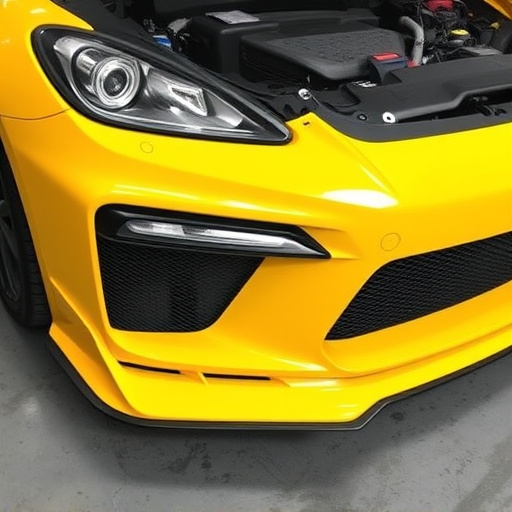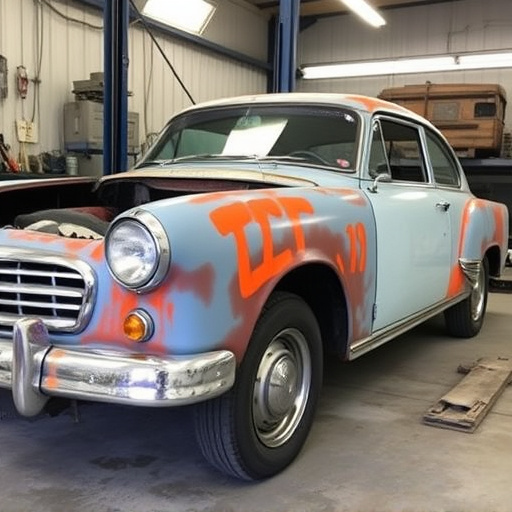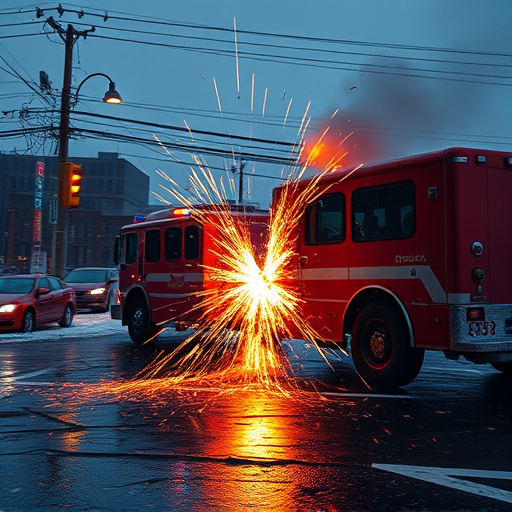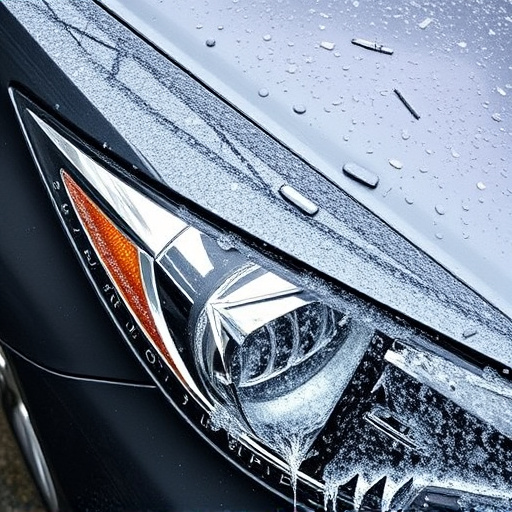Tesla's loaner policy covers functional and safety-related repairs, but not cosmetic ones like body work or advanced paint services. Owners should plan ahead for extensive bodywork, arranging alternative transportation as loaners may not be suitable. Clear communication between owners, shops, and Tesla ensures positive experiences during major repairs.
Looking to get your Tesla repaired? Understand that while a loaner vehicle is typically provided, it may not be guaranteed for cosmetic issues. This article delves into Tesla’s repair policy, exploring what the company considers structural versus cosmetic damage. We’ll also break down customer rights and expectations, providing insights on navigating the process effectively. By understanding these key aspects related to Tesla loaners during repairs, you can ensure a smoother experience.
- Understanding Tesla's Loaner Policy for Repairs
- What Tesla Considers Cosmetic vs. Structural Damage
- Customer Rights and Expectations During Repair
Understanding Tesla's Loaner Policy for Repairs
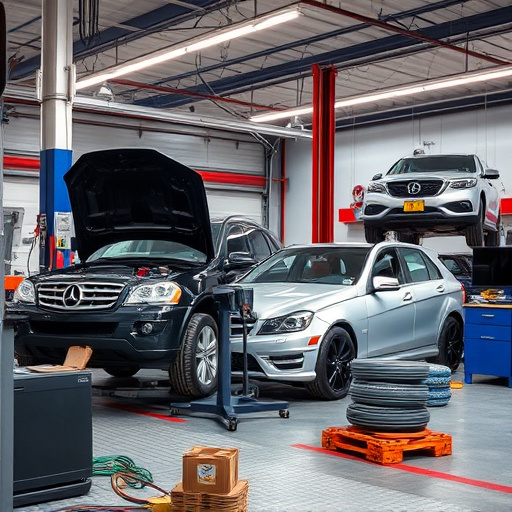
When it comes to Tesla repairs, understanding the company’s loaner policy is essential for owners. Tesla offers a loaner vehicle during repairs, but there are important details to be aware of. While a loaner car can be convenient, it’s not always guaranteed for cosmetic issues. The policy typically covers functional repairs and ensures you have a working vehicle while your Tesla is being serviced. However, if the damage involves car bodywork services or even paintless dent repair, the situation might differ.
Tesla’s primary focus during a repair process is on ensuring the safety and performance of your vehicle. As such, their loaner policy may prioritize structural integrity and operational aspects over cosmetic repairs. This means that if your Tesla needs extensive body work due to an accident or damage, you may need to arrange alternative transportation as the loaner might not be suitable for such cases.
What Tesla Considers Cosmetic vs. Structural Damage
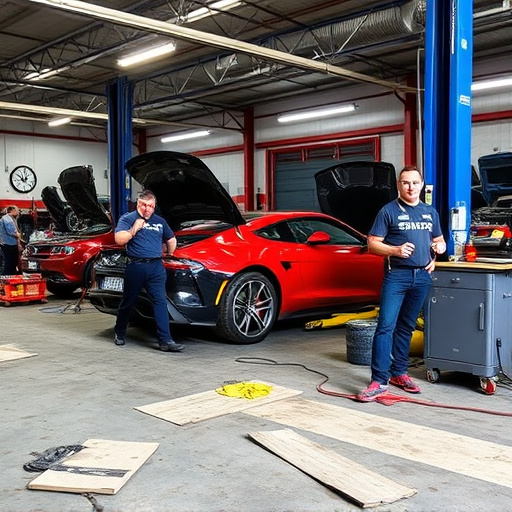
Tesla, like many automotive manufacturers, has a defined line between what they consider cosmetic and structural damage when it comes to repairs. Cosmetic issues are typically surface-level and don’t affect the vehicle’s safety or performance. This includes items such as dents, scratches, and minor paint imperfections. On the other hand, structural damage refers to any harm caused to the frame, chassis, or integral components of the car, which can compromise its integrity and safety features.
When a Tesla owner needs a repair, they are often provided with a loaner vehicle while their car is being serviced. However, it’s important to understand that not all cosmetic issues will be addressed during this time. Tesla’s policy for loaner vehicles typically covers structural repairs and essential cosmetic fixes like dent removal and simple paint touch-ups. More complex or specialized car paint services might not be guaranteed, especially if they fall under the purely aesthetic category.
Customer Rights and Expectations During Repair
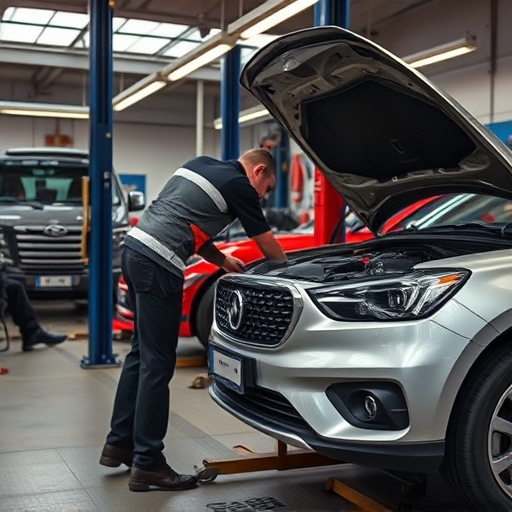
When a customer brings their Tesla to a repair shop for service, they expect a certain level of care and consideration. This includes understanding that while the vehicle is in their possession, they are entitled to a safe and functional loaner car during the repair process. However, it’s important to note that not all cosmetic issues are covered by these fleet repair services. Customers should be informed about what constitutes a guaranteed versus non-guaranteed repair, especially when dealing with minor dents or scratches, which might be considered more aesthetic in nature.
Automotive collision repair professionals have a responsibility to manage customer expectations regarding loaner vehicles. This means clearly communicating the terms and conditions of the loaner program, including any limitations based on vehicle condition. While many repairs, such as car dent removal, are readily covered, it’s crucial to set clear boundaries for what is expected from both the customer and the repair shop to ensure a positive experience during the entire process.
While Tesla’s loaner policy during repairs is designed to provide convenience, it’s crucial to understand that these vehicles are not guaranteed for cosmetic issues. The company prioritizes structural damage and safety concerns, leaving certain aesthetic enhancements to the owner’s responsibility. Customers should be aware of their rights and expectations, especially when dealing with potential cosmetic defects, to ensure a satisfactory repair experience with Tesla loaners.
